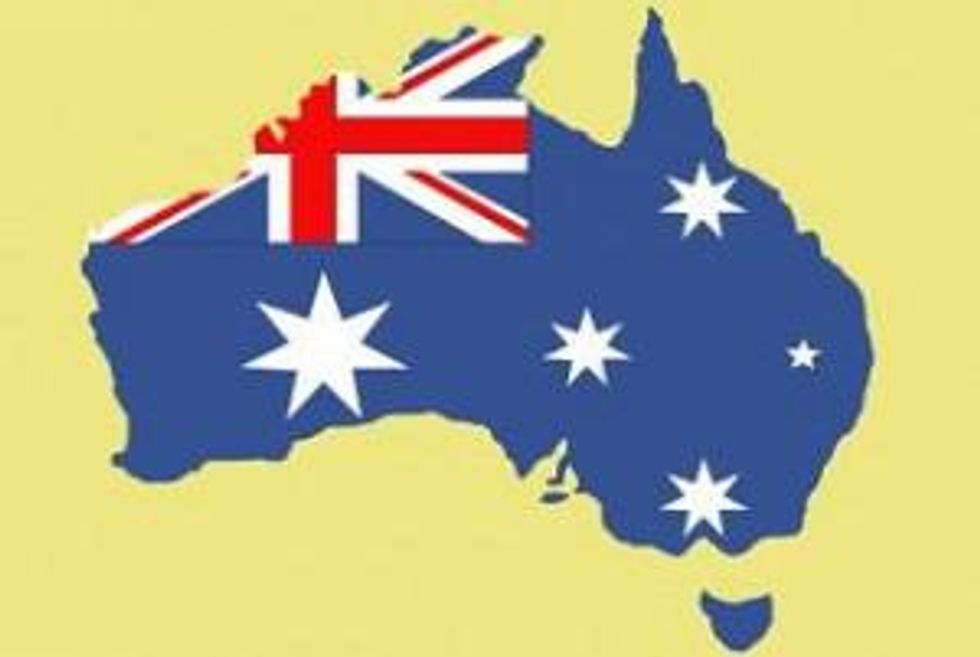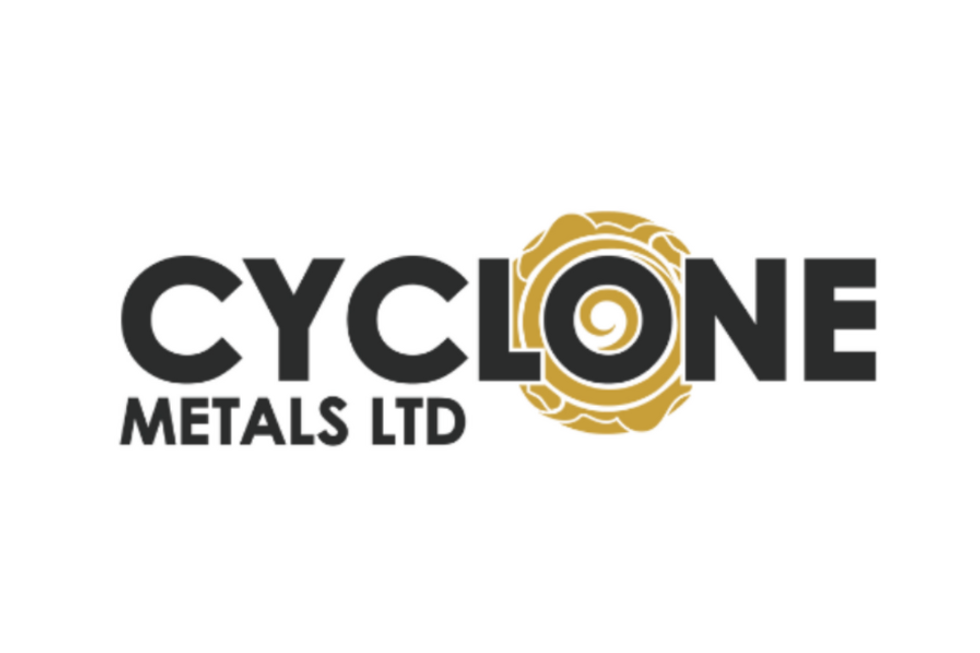Australia is the second largest producer of iron ore, and with increasing iron demand, its market is poised to remain stable.
By Robert Young — Exclusive to Iron Investing News
By the mid-1970s, production figures had reached 100 million tonnes, with the majority coming from Western Australia. Production declined in the 1980s but improved in the 1990s, reaching 150 million tonnes for the country by 1997. Now, according to the USGS, Australia is the second largest producer of iron ore, contributing 420 million tons to the global supply in 2010. These figures follow China at 900 million tons, but place Australia ahead of Brazil’s contribution of 370 million tons and India’s at 260 million tons.
China’s iron imports
China represents more than 60 percent of Australia’s iron ore exports, and its demand is expected to remain strong. Currently, iron ore sells for around $135 a ton to China, but the cost in Australia is about $20 to $30 a tonne to mine. With China’s increased resource tax on iron ore, lower production costs in Australia, and the close proximity of the two countries, the iron market should remain stable.
Western Australian Pilbara iron ore
The Pilbara region of Western Australia accounts for nearly 98.6 percent of Australia’s iron ore output. The bulk of the mining activity and production in this region comes from two major operations: BHP Billiton and Rio Tinto.
BHP Billiton (NYSE:BHP) Iron Ore has seven extensive high-grade iron ore mining operations. The Mount Whaleback mine, which was established in 1968, is the largest single-pit open-cut iron ore mine in the world. According to a report released by the company in January of this year, Western Australia production rose to a record annualized rate of 178 million tonnes per annum, a 25 percent increase over the previous corresponding period. BHP Billiton Iron Ore has a long and sustainable future in Western Australia, with reserves for at least another 30 years and additional resources for future development.
Rio Tinto (NYSE:RIO,LSE:RIO) began its operations in 1966 with the Mount Tom Price mine. Mount Tom Price now has an annual capacity of 28 million tonnes a year. The company plans to invest approximately $15 billion over the next five years to expand its Pilbara operations by 50 percent to 353 million tonnes per annum by 2015. Rio Tinto has a network of 14 mines, three shipping terminals, and the largest privately owned heavy freight rail network in Australia.
Fortescue Metals (ASX:FMG) is also a prominent producer in the Pilbara region of Australia. Fortescue started construction of its port, rail, and mine project in early 2006. The project was completed in 2008, with operations underway at the Fortescue Herb Elliott Port and at the company’s flagship mine, Cloudbreak. In the first full year of operations, the company mined, railed, and shipped more than 27 million tonnes of iron ore to customers in China.
South Australia
South Australia has started to come to the forefront of Australia’s iron mining industry. Australia’s second-largest steelmaker, OneSteel (ASX:OST), has been developing and mining a magnetite iron ore resource in South Australia, which has added to the overall future of the industry.
About 2.5 percent of the country’s production is mined in South Australia by operations such as OneSteel and Rio Tinto, with the region’s production dedicated to domestic steel.
In the Savage River region of Tasmania, iron mining is undertaken by Shree Minerals (ASX:SHH). The company produces iron which is processed into iron ore pellets, of which about half are used domestically while the remainder is destined for export.
Attracting foreign investment
Brazilian miner Vale (NYSE:VALE) is considering investment in Australian iron ore mines to overcome the cost disadvantage of shipping to China. “Vale is trying to diminish this handicap by investing more in Australia and eventually being able to sell iron ore from Australia straight to China,” the Brazilian ambassador to Australia, Rubem Antonio Correa Barbosa, told The Australian Financial Review.
At a time when iron ore has shifted from being priced on a free-on-board basis to a price that includes freight, the Australian miners have a significant advantage over Vale. It costs about $8 a tonne to ship the product from Western Australia to China versus $20 a tonne from Brazil to China. “A ship from Australia takes about nine days to get to China, for instance, while a ship of iron ore from Brazil takes almost six weeks,” Barbosa said. “That is a major handicap for us.”
Taiwan’s China Steel Corp. (TPE:2002) has announced that it is seeking to acquire more overseas iron ore resources this year, and has identified acquisition targets in Australia.
Securities Disclosure: I, Robert Young, hold no direct investment interest in any company mentioned in this article.

